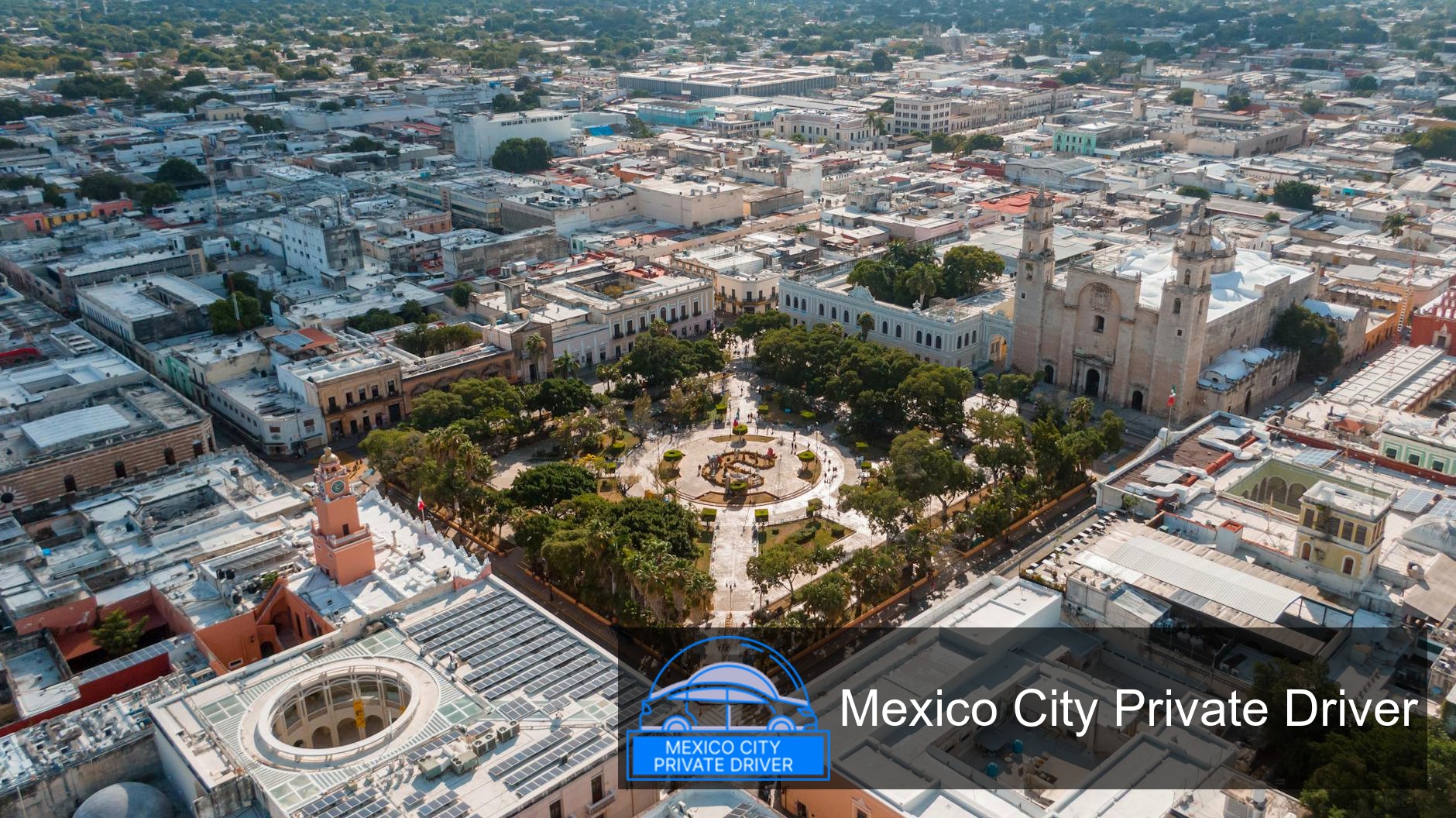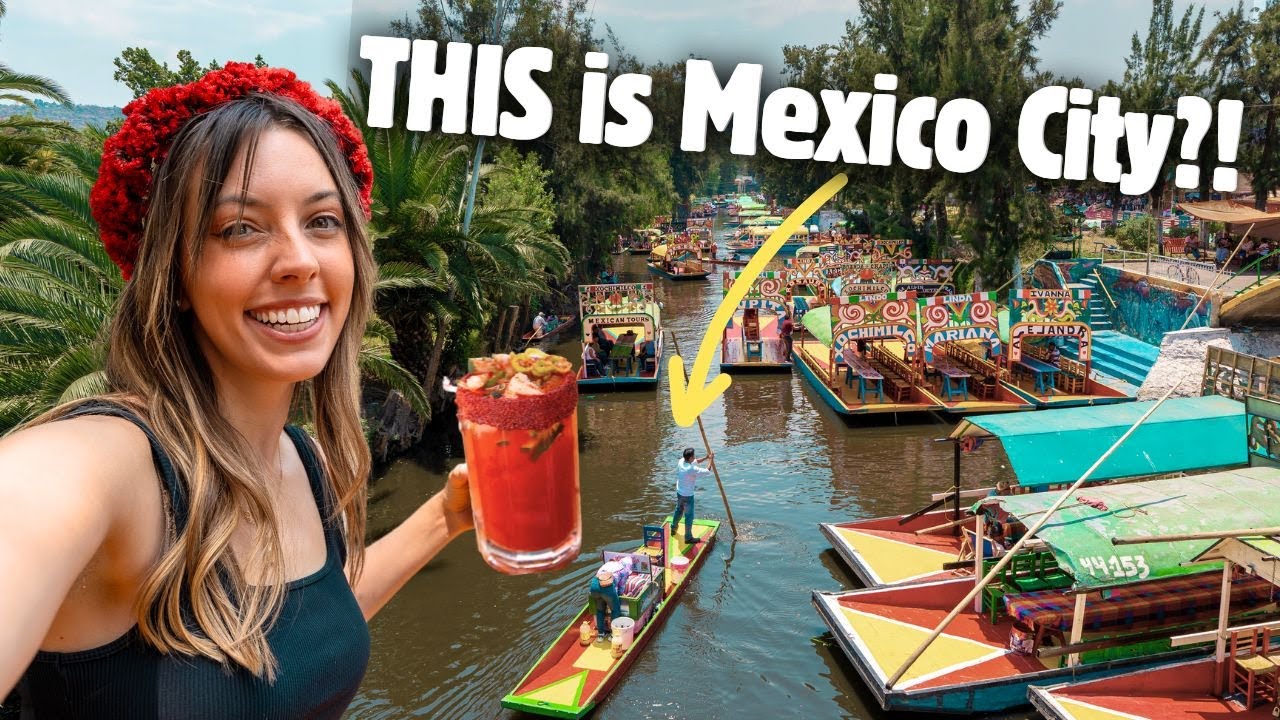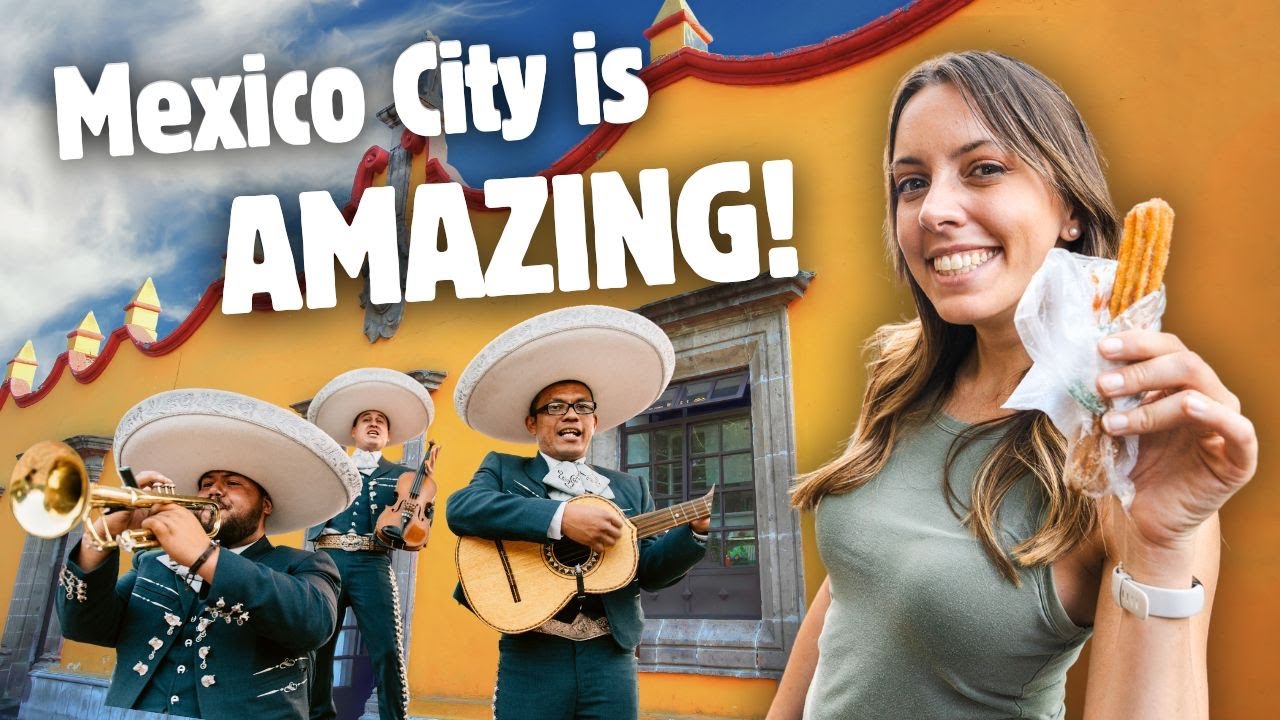TL;DR I’ve spent years researching and visiting the Templo Mayor site and museum in Mexico City. This guide explains what the Templo Mayor was, why it mattered to the Mexica (Aztec) capital Tenochtitlan, how it was destroyed and rediscovered, what you can see today at the archaeological site and Museo del Templo Mayor, and exactly how to plan a visit. I draw on archaeological summaries and official museum information to ground my advice and observations.
Templo Mayor Mexico City: A Comprehensive Guide to Its History and Significance
When I first stood on the plaza where Mexico City’s cathedral now looms, I remember a mix of surprise and humility. The Templo Mayor—once the spiritual and political heart of Tenochtitlan—lies underfoot in the modern Zócalo. Over the last decade I’ve returned repeatedly to the Museo del Templo Mayor and the exposed archaeological zone; each visit reshaped my sense of how monumental and complex Mexica religion, politics, and urban life were.
Why Templo Mayor matters
The Templo Mayor was not merely a religious building but the epicenter of Mexica public life. It occupied the sacred precinct of Tenochtitlan and combined a political, ceremonial, and cosmological role: two principal shrines—one to Huitzilopochtli (war) and one to Tlaloc (rain and fertility)—sat side by side atop a massive stepped platform, expressing dualities central to Mexica worldview (INAH; Mexico City government sites).
That dual nature shaped rituals, offerings, and the city’s calendar. Archaeologists have documented multiple building campaigns—layers upon layers—indicating successive rulers rebuilt and enlarged the temple, each phase reflecting political shifts and renewed religious symbolism (Smarthistory; Met Museum overview).
A concise history
Here’s the timeline I rely on most:
- Founding and growth: From the founding of Tenochtitlan (traditionally 1325 CE) the sacred precinct expanded; by the Late Postclassic the Templo Mayor was the dominant structure (Metropolitan Museum; CyArk).
- Peak and ritual life: The twin shrines at the summit were dedicated to Huitzilopochtli and Tlaloc. The precinct included the House of the Eagles, ballcourt, Calmécac (priestly/educational spaces), Huey Tzompanli (skull rack), and other ceremonial constructions (Mexico City government site; INAH museum materials).
- Conquest and destruction: In 1521, Spanish conquest led to systematic dismantling. Stones and rubble were reused to build the cathedral and colonial structures; the temple was buried and partially forgotten for centuries (Smarthistory; CyArk).
- Rediscovery and archaeology: The site resurfaced through chance finds and systematic excavation from the 20th century, accelerating after the 1970s when major remains and iconic artifacts (like the Coyolxauhqui stone) were uncovered. Today the archaeological zone and Museo del Templo Mayor present ongoing excavation layers and more than 3,000 artifacts (INAH; Mexico City government site).
Architecture and sacred layout
The visual contrast of the twin shrines is one of the Templo Mayor’s defining facts. The two main temples rose on a shared platform: one oriented to Tlaloc, representing agricultural fertility and rainfall, and the other to Huitzilopochtli, the war and sun deity. The twin arrangement symbolized complementary forces—the nourishing rains and the martial sun—that the Mexica believed sustained their city (Metropolitan Museum; INAH).
Archaeological layers show at least seven major construction campaigns; each new temple was built on top of the old, leaving a stratified record. When you walk along the exposed ramp at the modern site, you actually traverse those phases—an experience that makes the passage of time physically legible (Smarthistory).
Key artifacts and what they reveal
During excavations the team found thousands of offerings, sculptures, and ritual objects that open windows into Mexica thought. My visits to the museum have made three items especially memorable:
- Coyolxauhqui Stone: This large carved disk depicts the dismembered moon goddess Coyolxauhqui and was found at the base of the temple stairway—iconography tied to the myth of Huitzilopochtli’s birth and the ritual re-enactments that legitimized Aztec power (Smarthistory).
- Chacmools and stone figures: A reclining offering figure type (Chacmool) and numerous masks and sculptures illustrate regional exchange and ritual types; their presence shows the Templo Mayor was connected to broader Mesoamerican traditions (CyArk; INAH).
- Offerings and burials: Ceramic containers, plant remains, and human remains found in offering pits document sacrificial practices and the temple’s role as a repository for political-religious power (INAH; Mexico City government site).
The museum and archaeological zone today
The Museo del Templo Mayor (run by INAH) and the exposed archaeological zone are contiguous. The museum houses, interprets, and contextualizes the artifacts recovered from the site and places them within reconstructed models, stratigraphic displays, and explanatory panels. The archaeological area includes exposed remnants of the pyramid layers and features such as the central stairway and ritual deposits (INAH museum information).
Practical details I confirm from official sources: the museum and archaeological site are open Tuesday through Sunday, and there is an admission fee (with exemptions and free entry on Sundays for Mexican citizens and resident foreigners with ID). Accessibility programming and special visits for people with disabilities are part of the museum’s offerings (INAH).
What the Templo Mayor tells us about Mexica society
From my readings and site observations, three conclusions stand out:
- Religion and state were fused: The temple’s central position and the scale of offerings show ritual performance was central to rulership and urban identity.
- Dynamic urban memory: The multiple building phases are political statements—each ruler rebuilt to assert lineage and divine favor.
- Interregional connections: Artifacts include styles and materials linking Tenochtitlan to other Mesoamerican centers, showing that the Mexica participated in long-distance networks of exchange and ideology.
Comparative snapshot
To situate the Templo Mayor among Mesoamerican monuments, I often compare it to other famous pyramids. Below is a compact table that highlights key differences and similarities.
| Feature | Templo Mayor (Tenochtitlan) | Pyramid of the Sun (Teotihuacan) | El Castillo (Chichén Itzá) |
|---|---|---|---|
| Primary function | Dual shrines (Huitzilopochtli & Tlaloc); ritual/political center | Ceremonial/urban focal point; cosmological alignments | Calendar/astronomical temple; ritual ceremonies |
| Cultural era | Late Postclassic; Mexica (Aztec) | Classic to Early Postclassic; Teotihuacan culture | Terminal Classic to Postclassic; Maya/Toltec influences |
| Scale | Smaller footprint today but layered construction; originally ~90 ft tall | One of the largest Mesoamerican pyramids by volume (~65 m tall) | ~30 m tall; stepped pyramid with well-preserved façades |
| State of preservation | Partially excavated; artifacts in museum; embedded in city center | Large, accessible; extensive remains outside modern city | Well preserved and restored; major tourist site |
Archaeology, colonial history, and ethical considerations
Archaeology at the Templo Mayor is ongoing and sensitive. Colonial forces dismantled the temple to build the cathedral, a fact that complicates narratives of continuity and loss. Excavations reveal not only ritual architecture but also the colonial layering—stones reused, spaces transformed. This multiplicity forces historians and archaeologists to address questions about memory, heritage ownership, and how modern Mexico City relates to its indigenous past (Smarthistory; CyArk; INAH).
As a visitor and researcher I try to be mindful of these ethical dimensions: the artifacts are part of living cultural memory, and the interpretation must balance scientific rigor with respect for descendant communities.
Practical Guide
Below are concrete steps I use to plan a visit and make the most of the site. These are distilled from personal experience and official museum information.
- Check hours and ticket rules. The Museo del Templo Mayor is open Tuesday–Sunday, roughly 09:00–17:00. There is an entrance fee; Sundays are free for Mexican citizens and resident foreigners with ID. Students, teachers, children, and seniors often qualify for free or reduced admission—bring IDs (INAH).
- Book guided tours or audio guides. If you want context, join an INAH-guided tour or hire a qualified local guide; they will explain stratigraphy, the Coyolxauhqui stone, and ritual finds. The museum sometimes schedules talks and temporary exhibits—check the INAH site before you go.
- Arrive early. The Zócalo area gets crowded; early morning gives you clearer views, better light for photographs, and a calmer experience of the museum galleries and exposed ruins.
- Layer your visit: start with the museum galleries to see the artifacts and models, then walk the archaeological zone to experience the actual stratigraphic ramp and features. This sequence helps you link objects to in-situ contexts.
- Respect rules about photography and filming. The museum charges fees for video equipment; standard photography is usually allowed but check signage and staff instructions (INAH).
- Accessibility and special visits: the museum runs programs for visitors with disabilities and special school visits; inquire ahead if you or your companions need accommodations (INAH).
- Combine nearby sites: the Metropolitan Cathedral and National Palace are adjacent; include them for a fuller sense of Mexico City’s layered history—but keep in mind the contrasting histories and the temple’s role in the city’s colonial reconfiguration.
What to prioritize on-site
- See the Coyolxauhqui stone in the museum and then view the stair location in the archaeological zone to understand how myth and space interacted.
- Examine offering caches and the display of construction phases—this is where stratigraphy tells political stories.
- Spend time with the large sculpted heads and masks; they show craftsmanship and iconographic programs tied to state ideology.
FAQs
Is the Templo Mayor the same as the Aztec temple I see in guidebooks?
The Templo Mayor is the principal temple complex of the Mexica capital Tenochtitlan, often referred to in English as the Aztec main temple. What you see today are archaeological remains and museum displays; the original temple was taller and more extensive before the Spanish dismantling (INAH; Smarthistory).
How much time should I allocate for a visit?
I recommend 2–3 hours to do both the museum and the archaeological zone at a relaxed pace: 60–90 minutes in the galleries and 30–60 minutes exploring the exposed remains and ramp.
Are there guided tours or educational programs?
Yes. The Museo del Templo Mayor offers guided tours, special lectures, and educational programs including accessible visits for people with disabilities. Check the INAH museum website for schedules and arrangements (INAH).
Can I take photos inside the museum and at the archaeological site?
General photography is usually allowed, but video recording may incur an extra fee. Always follow posted rules and staff instructions—some sensitive artifacts may have restrictions (INAH).
What are the must-see artifacts?
Don’t miss the Coyolxauhqui stone, the Chacmool and reclining figures, large carved heads and masks, and the offerings display showing ritual deposits. Also prioritize the stratigraphic displays that reveal the temple’s building phases (INAH; Smarthistory).
Is the site suitable for children or people with mobility issues?
The museum runs programs for children and visits for people with disabilities; however, the archaeological zone includes uneven surfaces. If mobility is a concern, contact the museum in advance to arrange accommodations or guided access (INAH).
When was the Templo Mayor rediscovered?
Significant rediscovery and excavation accelerated in the 20th century, with major finds in the 1970s that helped transform the site into an organized archaeological zone and museum. Earlier colonial-era removals and later chance finds also contributed to its modern recovery (CyArk; Smarthistory).
Final thoughts: how the Templo Mayor spoke to me
After many visits I still come away struck by how the Templo Mayor compresses time: beneath colonial stone and urban pavement lie ritual caches, hero myths, and imperial claims. For me, the museum’s careful displays and the in-situ excavation ramp are essential for translating dense archaeological data into a human story. Walking those ramps, seeing the Coyolxauhqui stone in a light that emphasizes its original placement and function, you get a rare lesson in how architecture and performance made power tangible.
If you go, prepare with a little reading (INAH’s site and museum materials are excellent), arrive early, and allow time to reflect. The Templo Mayor is not just a site to check off; it’s an encounter with a city that continues to shape Mexican identity and memory—and that, in my experience, always rewards both curiosity and patience.
If you want, I can now craft a printable one-page checklist for visiting the site or suggest a walking route that includes nearby historic buildings. Tell me which you’d prefer.
Martin Weidemann is a digital transformation expert and entrepreneur with over 20 years of experience leading fintech and innovation projects. As a LinkedIn Top Voice in Digital Transformation and contributor to outlets like Forbes, he now brings that same expertise to travel and mobility in Mexico City through Mexico-City-Private-Driver.com. His focus: trustworthy service, local insights, and peace of mind for travelers.



